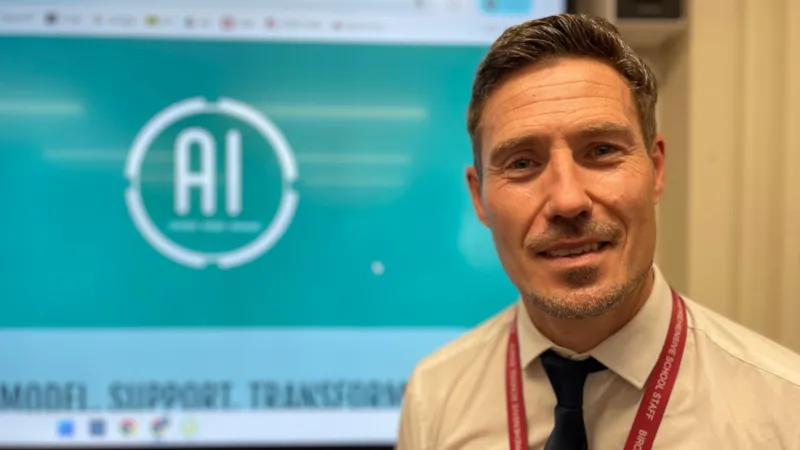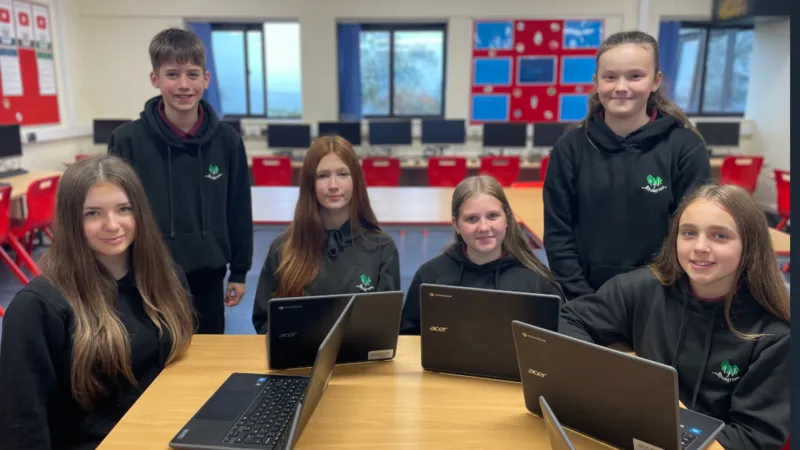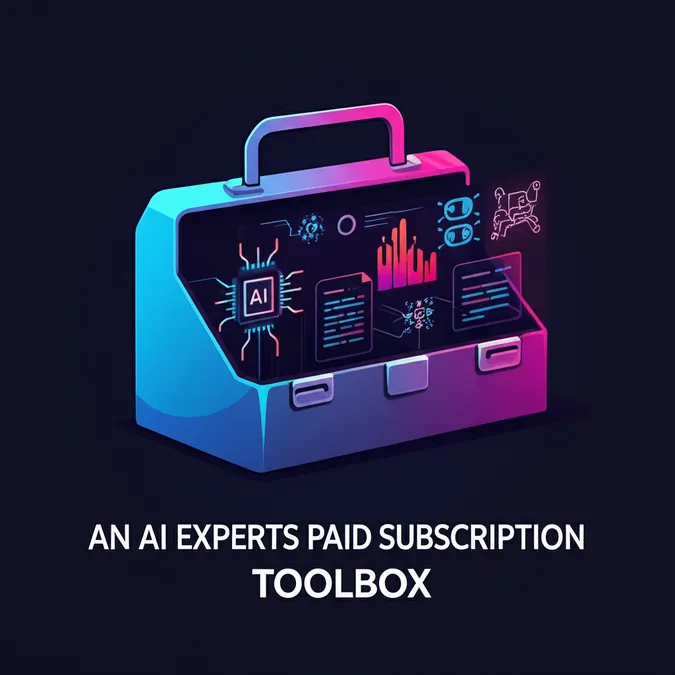Developer Offer
Try ImaginePro API with 50 Free Credits
Build and ship AI-powered visuals with Midjourney, Flux, and more — free credits refresh every month.
AI in Welsh Classrooms A Mix of Excitement and Caution
A New Era for Welsh Education Cautious Optimism Towards AI
Artificial intelligence is making its way into classrooms across Wales, bringing with it a wave of both excitement and apprehension. According to a new report from the education watchdog, Estyn, AI has the potential to significantly reduce teacher workloads and create new learning opportunities for students. However, the report also highlights the urgent need for clearer guidance on how to use this powerful technology "safely and ethically."
Many teachers are already leveraging AI to streamline their administrative tasks, such as planning lessons, drafting letters to parents, and writing pupil reports. Despite these benefits, concerns remain about the potential for AI to negatively impact students' core skills, alongside worries about plagiarism and misuse. The Welsh government has acknowledged these challenges, stating its commitment to balancing the effective use of AI with the safety and wellbeing of both pupils and staff.
The View from the Classroom A Proactive Approach
At Birchgrove Comprehensive School in Swansea, the faculty is taking a forward-thinking approach. Instead of banning AI, they are actively teaching students how to use it responsibly as a core component of their ICT lessons. Staff are encouraged to become more AI-literate, and students are permitted to use it as a tool for research.
 Ryan Cresswell, a teacher at Birchgrove Comprehensive School in Swansea, says they are "very positive" about using AI while teaching pupils how to use it responsibly.
Ryan Cresswell, a teacher at Birchgrove Comprehensive School in Swansea, says they are "very positive" about using AI while teaching pupils how to use it responsibly.
"Our approach is to be very positive about it, because our feeling is, if the pupils are going to be using it, we'd rather teach them how to use it responsibly than just ignore it," explains Ryan Cresswell, the school's digital and innovation lead. He acknowledges the valid concerns that students might use AI "as a crutch as opposed to a learning tool."
When it comes to plagiarism, the solution is surprisingly low-tech. "The simple answer to that is we know our pupils, we know the work that they're capable of because we see them day in and day out," Cresswell notes. The ultimate goal is to use AI to "accelerate" learning and "promote curiosity."
How Students Are Using AI for Learning
The Estyn report found that secondary students are creatively using AI for tasks like summarizing revision notes and generating custom quiz questions. However, adoption is uneven. While some students embrace the technology, others are "more fearful, concerned about what use is permissible and worried that teachers will accuse them of cheating if they do use it."
Students at Birchgrove Comprehensive shared how AI helps them. "I think it's useful. Teachers can find out if we're cheating or not but when you use it in the correct way it can help you," said 13-year-old Grace.
"If I'm curious about something in the house I might ask AI and they will answer me," added Maya. Emilia explained her process for ensuring accuracy: "If I don't get anything in class, I'll search it up and ask it to break it down for me. I double check it on lots of other websites to make sure it's definitely the right answer."

Practical AI Applications for Teachers
Estyn's investigation revealed that most schools are still in the early stages of AI exploration, with "pockets of experimentation led by digitally confident and curious staff." This adoption is often ad hoc, varying significantly between individuals and departments. This cautious approach stems from concerns about accuracy, bias, and safeguarding.
For those who have embraced it, AI has been a game-changer for reducing administrative burdens. Here’s a quick look at what generative AI is and how teachers are using it.
What is AI?
- It is technology that can create new content, such as text, images, and music, which can appear to be made by humans.
- It achieves this by learning from massive amounts of data, like words and images found online.
- Generative AI (GenAI) refers specifically to this content-creating capability.
How are teachers using AI?
- Tailoring learning materials for pupils with special needs.
- Saving time on lesson planning and report writing to reduce workload.
- Generating varied tasks or texts to meet the diverse needs of all pupils.
- Simplifying complex texts to make them more accessible.
- Summarizing meeting notes, reports, and planning documents.
Leadership and the Path Forward
Andrew Owen, headteacher of Birchgrove Comprehensive, admits he was initially wary of AI. "I felt apprehensive. I didn't have the skills to actually understand it fully," he said. However, the school made a conscious decision to embrace the technology for both administrative and educational purposes. He notes its value for students who struggle to process large amounts of information, as AI can help them "summarise articles and to actually sift the information that's really important."
Owen stresses the importance of education. "It has many risks if misused... we owe it to the pupils in Birchgrove to try and educate them about the acceptable use of AI." He, like many others, believes more official guidance is welcome as the educational landscape races to keep up.
In response, the Welsh government has accepted Estyn's recommendations, committing to more staff training and developing national guidance for implementing AI in schools. The focus remains clear: to harness the power of AI while prioritizing the safety and well-being of learners and educators.
Compare Plans & Pricing
Find the plan that matches your workload and unlock full access to ImaginePro.
| Plan | Price | Highlights |
|---|---|---|
| Standard | $8 / month |
|
| Premium | $20 / month |
|
Need custom terms? Talk to us to tailor credits, rate limits, or deployment options.
View All Pricing Details

